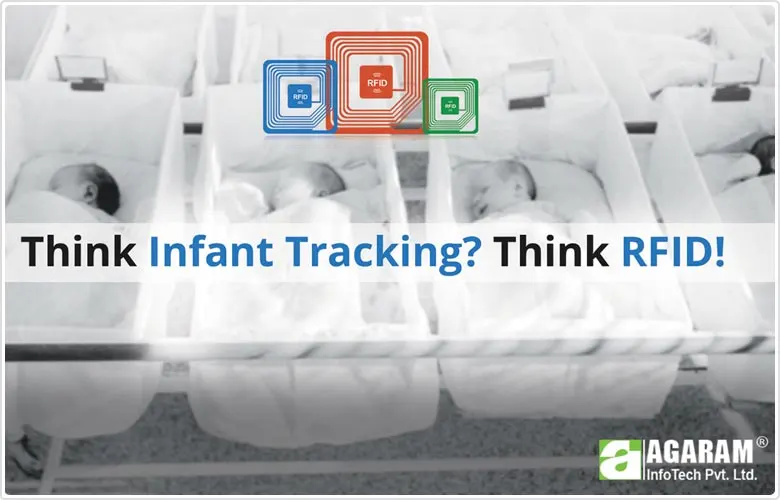Think Infant Tracking? Think RFID!
Tag, Reader & An Alert System Connects Infants, Mother & Attendant
Of late, there has been a spurt in instances where infants have gone missing from hospitals. In fact, a report by the National Crime Records Bureau of India states that more than 60,000 children go missing in India every year. That would roughly translate into a child going missing every eight minutes or seven each hour. Out of the total number of missing children, a reasonable number go missing from maternity wards in hospitals. The situation is quite disturbing and presents a major threat to the safety of infants especially in government hospitals. Government hospitals have had to bear the brunt as most instances of missing infants have known to occur here.
While hospitals have been known to enhance their level of security by increasing individual monitoring using CCTV cameras and other measures, they have often been circumvented. Simply said, installing CCTVs and increasing the number of security personnel may not necessarily guarantee the security of infants within hospitals. There is a need to innovate and adopt new techno-driven measures that can augment the safety of infants in hospitals.

With a view to restrict cases of infants going missing from government hospitals, the state department of health in Tamil Nadu is exploring the possibility of introducing electronic tagging (e-tagging) technology within Madurai General Hospital. The department of health has engaged Anna University to develop e-tags that would be deployed to monitor and track infants. These e-tags would be similar to the e-tags that are presently being used in retail outlets.
The e-tagging system that is proposed by the University presents three security layers that would encompass the baby, mother, as well as attenders of patients with the use of monitoring, radio frequency identification (RFID) tags readers and an alert system. Primarily, one tag would be tied around the neck of the baby while the others would be located on the wrist of the attender and the mother. The tags would comprise of all information related to the baby and its parents which would be stored in the system. Later, an RFID reader is placed within the new born ward which would read information from all tags that exist in the ward. Continuous signals would be emitted from the tags and in the event that a baby is moved away from the mother or the attender, it will sound an alarm. In case such an incidence occurs, police personnel at the hospital would also be automatically intimated through a text message. Moreover, the tags can be reused once a patient is discharged from the hospital wherein the existing data can be replaced with new data.
Thus, with the help of the innovative RFID technology, security of infants at the hospital can be ensured. The use of this technology could prove to be a major step in tracking infants and ensuring their security.


 Dormitory-Management-System
Dormitory-Management-System

